Figuring out how often should you spray for bugs isn’t just about following a calendar. It’s about understanding pest pressure, product residual periods, and seasonal patterns that affect your home. After working with over 100 customers on pest control requests across the DC Metro area, I’ve learned that timing makes all the difference between preventing problems and chasing expensive damage.
One situation really stands out when thinking about optimal treatment frequency. During a routine visit to a home in Alexandria, we noticed a small bulge in a window sill where a recent addition had been built. When we investigated, termites had eaten all the way up to the paint and were just starting to break through. Once we got into the crawl space, we found mud tunnels up the wall and significant damage that had been feeding for years.
That experience highlighted how powerful a proactive, scheduled approach can be. Regular monitoring with systems like Sentricon can be much less stressful and cost-effective than reacting when you finally notice damage.
Why How Often Should a Pest Control Service Your House for Bugs Matters
Pest pressure is dynamic, not static. Effective programs balance residual longevity of products with pest life-cycle timing to keep populations below action thresholds. According to the EPA’s Integrated Pest Management guidelines, the goal isn’t eradication but rather maintaining pest levels below problematic thresholds.
The difference between preventive and reactive timing can be dramatic. In severe cases where termites couldn’t find bait stations, we had to rely on targeted liquid treatments like Premise or Termidor. This reactive process is much more involved than proactive scheduling.
Additionally, understanding how often should you spray for bugs helps you avoid both under-treatment and over-treatment. Both scenarios can lead to bigger problems and higher costs down the road.
Key Factors Affecting How Often Should You Spray for Bugs
Pest Biology & Behavior
Different pests have vastly different reproductive rates and life cycles. German cockroaches can produce 3-6 generations per year, demanding much tighter treatment cycles than occasional invaders like stink bugs.
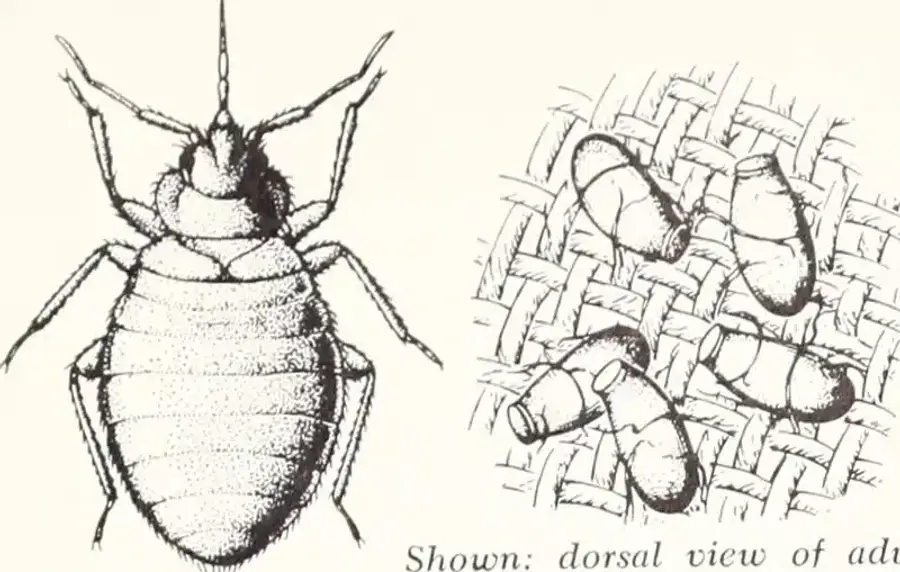

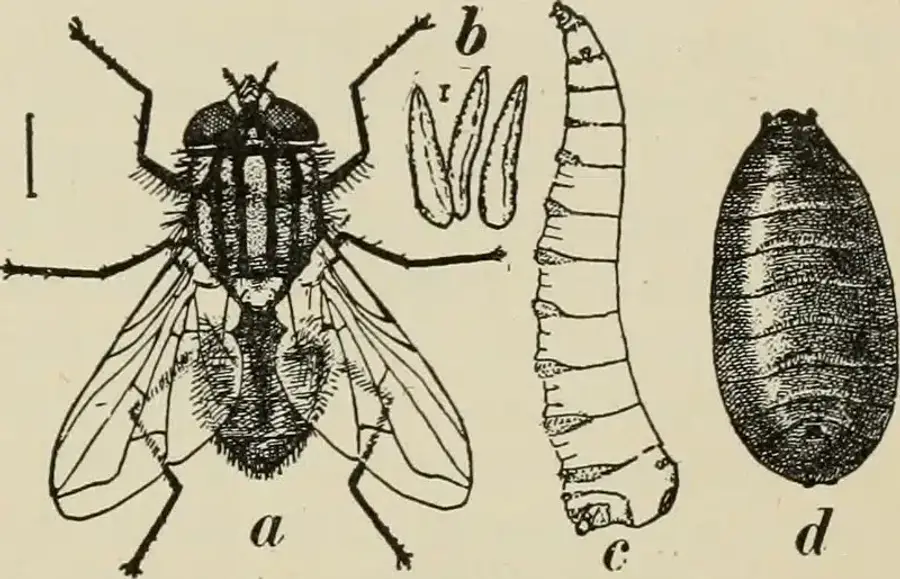
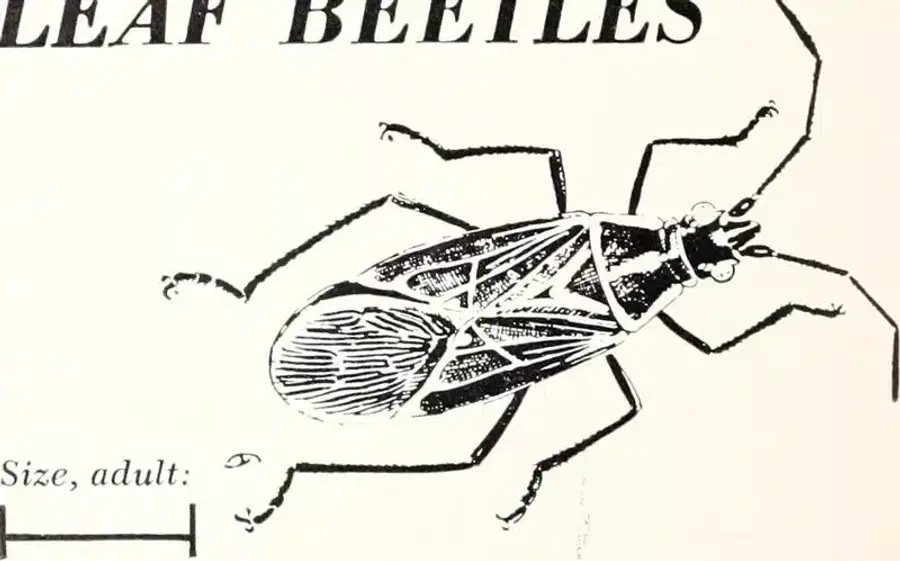
Overwintering capacity also plays a role. Odorous house ants remain active above 50°F, so winter service may be optional. However, subterranean termites feed year-round below the frost line, requiring consistent monitoring.
Some pests follow predictable seasonal patterns tied to growing degree days (GDD). The University of Maryland’s Pest Predictive Calendar correlates insect life stages with temperature accumulation, helping time treatments before susceptible stages emerge.
Infestation Pressure Level
Light or occasional invaders like stink bugs and centipedes can often be controlled with tri-annual exterior barriers (three times per year). High-pressure pests like bed bugs, roaches, and rodents require initial knock-down treatments plus follow-up within 7-14 days.
When trap indices exceed action thresholds - like more than 5 German cockroaches per monitor - monthly service becomes necessary until populations drop below problematic levels. This is especially true in sensitive areas like kitchens and bathrooms.
Environment & Structure
Structural factors magnify harborage and reinvasion risk. Multifamily housing, adjacent woodlands, and moisture problems all shorten optimal treatment intervals.
In the DC Metro area, I’ve noticed pests like ants and spiders surge seasonally, particularly in wooded or high-moisture areas. Spring brings a lot of ant calls, usually in kitchens or bathrooms, underscoring how environmental factors drive treatment frequency.
Commercial facilities face additional regulatory requirements. Food handling operations must document “regular and frequent monitoring” under FDA guidelines, typically requiring at least monthly professional inspections.
Residential vs Commercial Schedules for How Often Should You Spray for Bugs
Residential Cadence
Most residential properties work well with bi-monthly to tri-annual exterior service (three times per year) when pest pressure is low. Interior treatments shift to an “as-needed” model to limit pesticide exposure while maintaining effectiveness.
Typical maintenance programs focus on exterior barrier treatments that create a protective zone around your home. This approach catches pests before they become indoor problems. However, exterminator costs vary based on frequency, so finding the right balance between protection and budget matters.
Commercial Cadence
Restaurants, groceries, healthcare facilities, and schools typically adopt weekly to monthly IPM inspections. Zero-tolerance zones like food prep surfaces may need nightly sanitation plus targeted treatments with insect growth regulators.
Commercial schedules also involve more documentation and third-party auditor requirements. This regulatory environment demands consistent professional oversight rather than DIY approaches.
Seasonal Adjustments: How Often Should You Spray for Bugs in Each Season
Winter (December - February)
Cold dormancy periods shift focus to rodents and overwintering insects in wall voids. Instead of broad exterior sprays, winter treatments target specific entry points and harborage areas.
Overwintering pests like stink bugs, lady bugs, and box elder bugs are best addressed with October exclusion work rather than winter spraying. Dusting exterior voids and treating around window seals prevents entry before cold weather drives them inside.
Spring (March - May)
Spring brings monthly exterior barriers as pests emerge from winter dormancy. When ants come out correlates closely with soil temperature and growing degree day accumulation.
This season requires careful timing because treating just before pest emergence controls multiple generations with fewer applications. Missing these windows often means chasing infestations later.
Summer (June - September)
Peak season demands 21-30 day cycles for mosquitoes and ticks. Humidity accelerates residue decay while UV degradation shortens product half-life.
Mosquito life cycles and seasonal patterns drive monthly treatment schedules during peak activity. Our mosquito program development came after struggling with mosquitoes in my own backyard, where monthly treatments finally achieved control.
Fall (October - November)
Fall focuses on sealing entry points before winter invader pressure peaks. One exterior perimeter application before temperatures drop below 55°F helps prevent overwintering pest problems.
This timing catches pests before they establish indoor harborage sites. It’s much easier to prevent entry than to eliminate established indoor populations.
Product Residual Periods & Label Re-Treat Windows
Understanding Residual Longevity
Outdoor pyrethroid microcaps like lambda-cyhalothrin and deltamethrin maintain over 80% effectiveness for 60-90 days in dry conditions. However, research shows rainfall above 465mm cuts efficacy to around 42 days.
Rainfastness varies significantly by chemistry. Diamides and spinosyns show high rainfastness with less than 30% loss after half an inch of rain. Organophosphates wash off much more quickly.
Label Minimum Intervals
Product labels often specify “do not re-apply at intervals shorter than 7-21 days” to prevent over-exposure and resistance development. These restrictions must be honored regardless of pest pressure.
Calendar plans must follow the most restrictive re-treat wording across all products used. This regulatory framework protects both applicators and residents from overexposure.
Weather Impact on How Often You Should Spray for Bugs
Rainfall Effects
Greatest residue loss occurs when rainfall happens within 24 hours of application. Rainfastness studies show intense storms with large droplets cause mechanical dislodgement beyond chemical washoff.
Formulation affects weather resistance, with emulsifiable concentrates generally more rainfast than wettable powders. Planning treatments around weather forecasts maximizes residual effectiveness.
UV & Heat Degradation
Summer heat and UV exposure shorten the half-life of many active ingredients. This environmental factor justifies tighter summer schedules compared to cooler months.
Microencapsulated formulations provide some UV protection, but extreme heat still accelerates breakdown. Adjusting application timing to avoid peak sun exposure helps maintain residual activity.
Indicators You Should Spray More Often
Several clear signals indicate when treatment frequency should increase. Trap indices above action thresholds, like more than 5 German cockroaches per monitor, demand immediate schedule adjustments.
Rising pheromone captures for stored-product moths, repeat customer callbacks, or fresh droppings all suggest current intervals aren’t adequate. Warning signs of termites include new mud tubes or wood damage that suggests more frequent monitoring.
Seasonal spikes tied to growing degree day milestones also trigger temporary frequency increases. Post-rain surges of mosquitoes and ants often require additional treatments beyond planned schedules.
Building a treatment history helps identify these patterns before they become serious problems. Monitoring data reveals trends that guide proactive adjustments.
Risks of Over-Treatment in Pest Control
Applying pesticides too frequently creates several serious problems. Accelerated pest resistance tops the list, as the EPA emphasizes rotating modes of action to slow resistance development.
Non-target impacts also increase with treatment frequency. Studies document broad pesticide effects on beneficial insects and other wildlife. For example, systemic treatments on trees can trigger spider mite outbreaks by eliminating natural predators.
Regulatory violations represent another risk. Exceeding label re-treat minimums creates liability exposure and potential enforcement action. Following label directions protects both applicators and property owners.
Resistance management requires alternating chemical groups or integrating baits and growth regulators. This approach extends program effectiveness while reducing overall pesticide load.
Cost-Benefit Analysis of Tri-Annual Pest Control (Three Times Per Year) and Other Spray Frequencies
Economic models help determine optimal treatment intervals based on cost per visit versus anticipated damage. Pest control costs must be weighed against potential repair expenses and health risks.
Tri-annual service (three times per year) may suffice for low-value ornamental pests, while monthly mosquito programs can prevent public health risks and potential litigation. The economic injury level concept guides these decisions by comparing treatment costs to damage prevented.
Preventive programs typically cost less than reactive approaches because early intervention prevents extensive damage. However, over-treatment wastes money while potentially creating resistance problems.
Finding the right balance requires understanding pest biology, environmental factors, and regulatory requirements. Professional guidance helps optimize both protection and budget considerations.
Preventive vs Reactive Treatment Timing
Preventive exterior barriers before pest emergence reduce total applications compared to chasing infestations later. Timing treatments based on growing degree day predictions catches pests during vulnerable life stages.
Reactive interior spot treatments should trigger root-cause analysis to identify entry points and sanitation issues. Simply treating symptoms without addressing causes leads to recurring problems and escalating costs.
Professional termite treatment methods demonstrate this principle clearly. Proactive Sentricon monitoring systems often prevent damage that would require expensive liquid treatments later.
The key is balancing prevention with response capabilities. Scheduled preventive treatments provide the foundation, while reactive capacity handles breakthrough infestations.
Building & Using a Treatment History
Maintaining detailed treatment logs provides invaluable data for optimizing spray frequency. Record date, product, rate, target pest, weather conditions, and monitoring results for each service.
FDA guidance requires pest control logs in food facilities with “frequent monitoring of treated areas to assess effectiveness.” This documentation standard applies to residential programs as well.
Understanding termite tunnel patterns and other pest signs becomes easier with consistent record keeping. Patterns emerge that guide future treatment timing and product selection.
Review logs tri-annually (three times per year) to spot trends and adjust frequency or active ingredient rotation. This data-driven approach replaces guesswork with evidence-based decisions.
Adaptive Management: Adjusting Your Spray Schedule
Successful pest control requires flexible scheduling based on monitoring results. Start by comparing current data to established action thresholds for target pests.
If populations exceed thresholds, shorten intervals one tier - for example, from every 60 days to every 30 days. This immediate response prevents small problems from becoming major infestations.
Rotate chemistry if the same active ingredient has been used for more than three consecutive cycles. This practice slows resistance development while maintaining effectiveness.
Re-evaluate after two shortened cycles to determine if populations have dropped below threshold levels. If successful, gradually return to longer intervals while maintaining monitoring intensity.
Creating a Customized Treatment Calendar
Building an effective schedule starts with mapping local growing degree day milestones using NOAA calculators. Overlay these with pest emergence calendars to identify critical treatment windows.
Plot product re-treat intervals and schedule inspections during off-weeks to maintain monitoring without over-applying pesticides. Termite prevention strategies often work best when timed to specific temperature accumulations.
Color-code visits for quick reference: green for inspection and monitoring only, yellow for preventive perimeter treatments, and red for targeted interior applications or specialized methods.
Include weather contingencies in your calendar. If half an inch or more of rain is forecast within 12 hours, postpone liquid treatments or switch to baits and dusts that resist moisture.
Case Study: Alexandria Termite Discovery and Proactive Scheduling
The Alexandria termite discovery perfectly illustrates why treatment frequency matters. What appeared as a minor window sill bulge revealed years of hidden damage that could have been prevented with proper scheduling.
Regular Sentricon monitoring visits every 90 days would have detected termite activity before structural damage occurred. Instead, reactive liquid treatment required extensive trenching and repair work.
This experience reinforced the value of consistent scheduling over sporadic inspections. Small investments in regular monitoring prevent major expenses down the road.
The contrast between proactive baiting systems and reactive liquid treatments highlights how frequency affects both cost and outcome. Regular monitoring catches problems early when they’re easier and cheaper to address.
Seasonal Mosquito & Tick Programs in DC Metro
Our mosquito program development came from personal experience with backyard mosquito problems. Monthly treatments combining adulticide and insect growth regulators finally achieved control after adjusting both schedule and methods.
The program uses backpack mist blowers to apply materials to vegetation and ecotone areas where mosquitoes rest during the day. This targeted approach delivers over 50% population reduction within 24 hours of treatment.
Tick control requires different timing with granular applications in March and October targeting seasonal population spikes. Damminix Tick Tubes provide ongoing larval control by treating mice that carry young ticks.
These programs demonstrate how understanding local pest patterns enables more effective scheduling. Generic approaches rarely match the effectiveness of locally-tailored treatment calendars.
Understanding how often should you spray for bugs requires balancing multiple factors including pest biology, environmental conditions, and product characteristics. The goal isn’t following a rigid schedule but rather maintaining pest populations below problematic levels through strategic timing.
Regular monitoring provides the foundation for smart treatment decisions. Whether dealing with termites, ants, mosquitoes, or other pests, data-driven scheduling delivers better results than calendar-based approaches alone.
The investment in proper scheduling pays dividends through reduced damage, lower long-term costs, and improved quality of life. Professional guidance helps navigate the complexity while ensuring regulatory compliance.
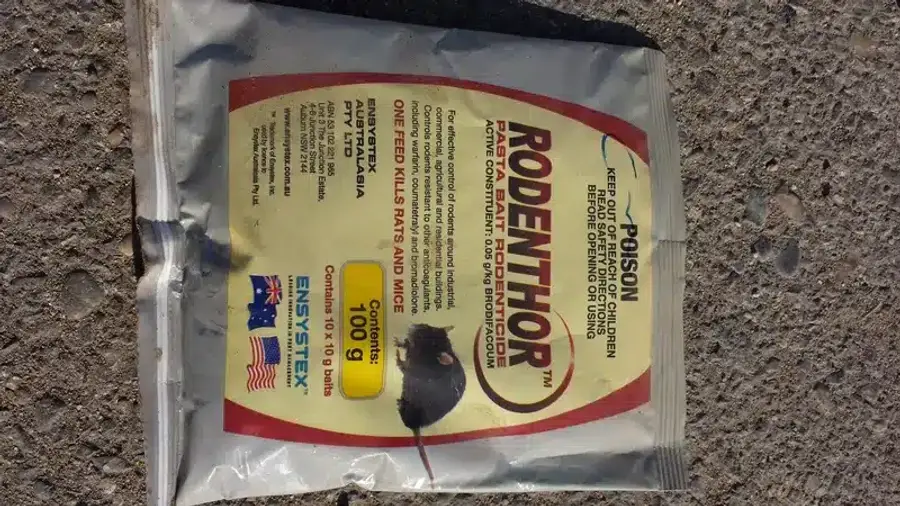
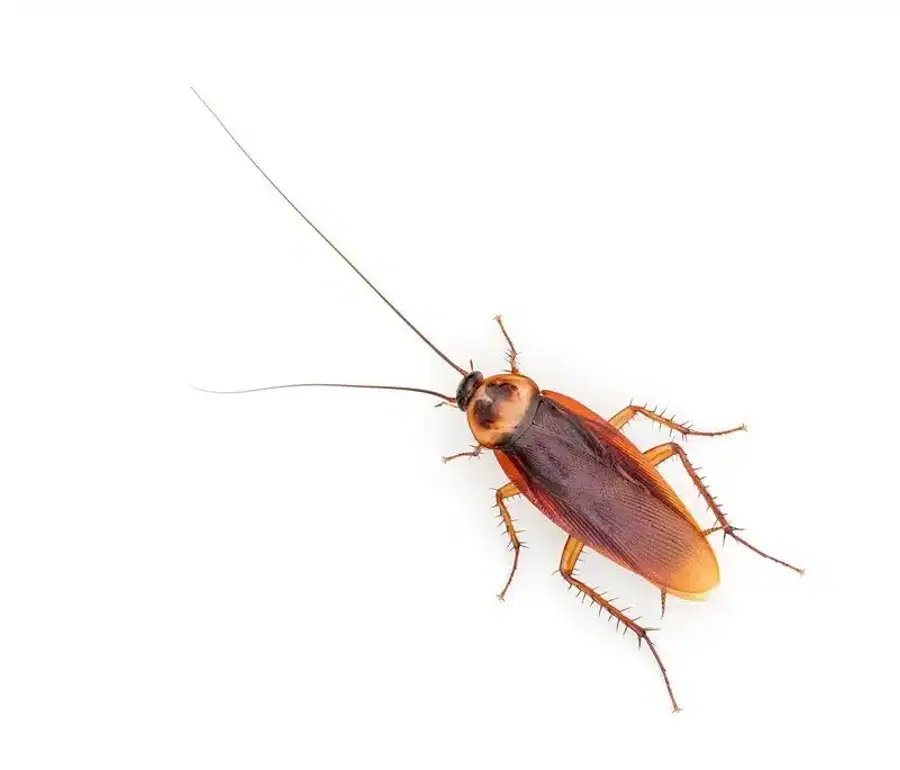
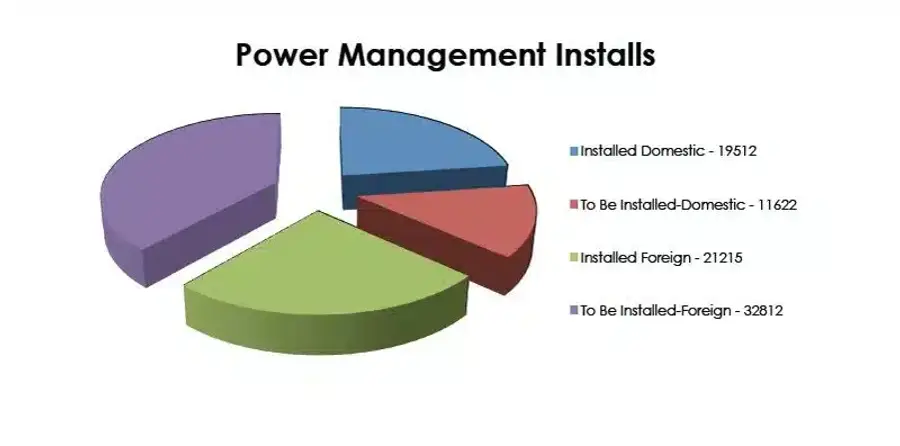

Frequently Asked Questions About How Often Should You Spray for Bugs
How often should I spray my house to prevent ants?
+
Most ant control products require reapplication every 90 days maximum, but heavy infestations near kitchens or moisture areas may need bi-monthly service. Non-repellent barriers work best when maintained consistently before ant trails become established.
Can I spray for bugs more often than the label recommends?
+
No, pesticide labels specify minimum retreat intervals that must be followed. Violating these restrictions creates liability issues and accelerates resistance development. Instead, supplement with non-chemical methods or rotate to different active ingredients if pest pressure remains high.
What's the best treatment interval for mosquito control?
+
During peak mosquito season in our area (April through October), monthly applications of adulticide plus insect growth regulators provide optimal control. This schedule coordinates with mosquito breeding cycles while maintaining effective residual barriers.
Does weather affect how often you need pest control treatments?
+
Absolutely. Rain within 24 hours of application significantly reduces residual effectiveness, while summer heat and UV exposure shorten active ingredient half-life. Plan treatments when no rain is forecast and consider shorter intervals during hot, humid months.
Should I wait until I see pests or spray on a schedule?
+
Scheduled preventive treatments work much better than reactive approaches. By the time you see pests, populations are often well-established and harder to control. However, the best approach combines scheduled preventive barriers with spot treatments for breakthrough activity.
How do I know if my current spray schedule is working?
+
Monitor trap counts, inspect for new pest signs like droppings or damage, and track callback frequency. If populations exceed action thresholds or you're seeing increasing activity, it's time to shorten intervals or adjust your approach.
What happens if I over-treat my property for pests?
+
Over-treatment accelerates resistance development, impacts beneficial insects, and violates label restrictions. It also wastes money without improving results. Follow label directions and rotate modes of action to maintain long-term effectiveness while minimizing environmental impact.
How does seasonal timing affect pest control frequency?
+
Seasonal timing is crucial because pest activity varies dramatically throughout the year. Spring emergence, summer peak activity, and fall preparation for winter all require different treatment approaches and frequencies. Local growing degree day calculations help predict optimal timing.
With five years of hands-on experience in the pest control industry, George Schulz is a registered technician with the Virginia Pest Management Association and a proud third-generation professional in a family business that's been protecting homes for over 57 years. He manages and trains a team of service pros while also leading internal research efforts—recently spearheading a deep-dive review of thousands of documents on pest control materials to hand-pick the most kid and pet friendly, most effective solutions tailored specifically for homes in the DC metro area.
